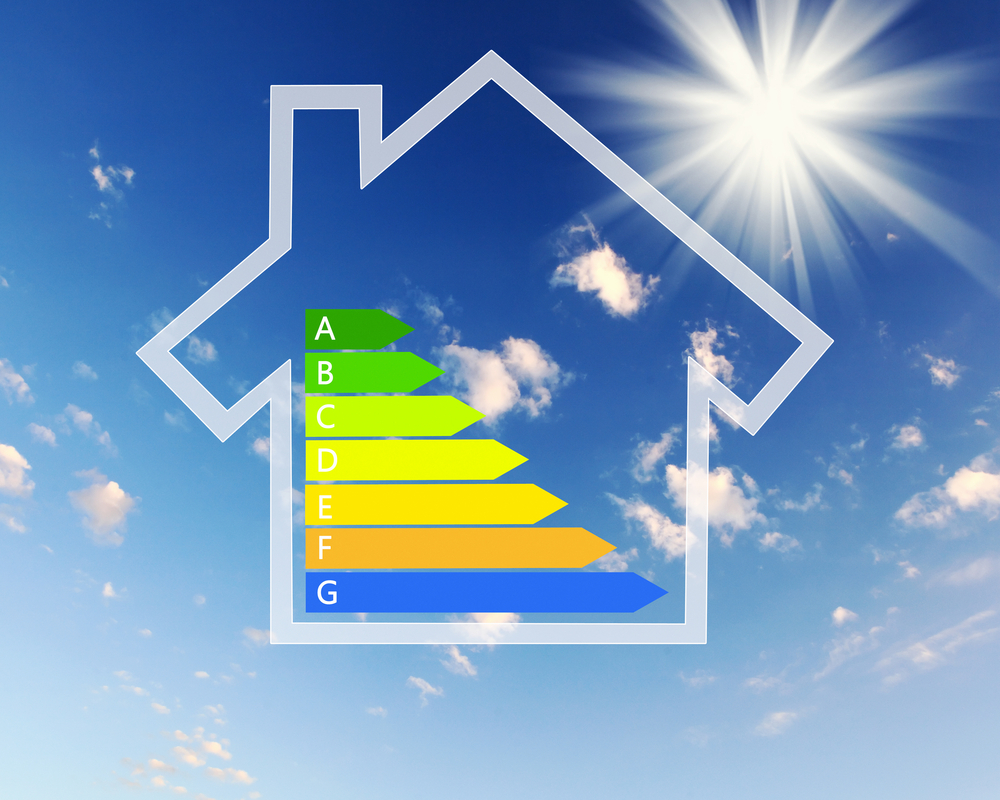A Low Cost for Solar is Driving Innovation
Just two decades ago, a Long Island solar installation would have been out of reach for the average family. Since then, a dramatically lower cost for solar means that it’s a viable investment for most homes. The lower cost of manufacturing and installation has been passed down to consumers. The lower cost has also inspired researchers to develop technologies that could deliver more value in the future.
Recently, scientists have started to experiment with light conversion technologies that could one day make solar panels even more efficient than they already are today.
Transforming Light to Maximize Its Energy Potential
You can think of solar power on Long Island in terms of the conversion of light into electricity.
When sunlight hits solar panels on a rooftop, it displaces electrons in the cells of the panel. Negative and positive electrons pass through the layers of the cells to generate an electrical charge. This charge then travels to the edge of the solar panel, where it is transferred and converted by microinverters into usable electricity. You can use this electricity to power your home and charge a solar battery backup system.
Light is a critical component in the process. The sun’s light contains photons that excite the electrons in the solar cells. When the light is intense, solar panels produce more electricity. When the light weakens, the output is reduced. At night, solar cells shut down completely until the next day.
Solar panels need sunlight to operate, but there’s a relatively small window of time available for peak efficiency during the day. An innovative material could change this.
Researchers at the University of Texas at Austin have started experimenting with ultra-small silicon nanoparticles to filter low-energy light and turn it into high-energy light. This could significantly improve the output of solar panels if the technology is refined and made commercially available. Researchers see two potential benefits.
- Solar panels could remain the same average size but produce far more electricity than they do today.
- Solar panels could be made smaller while producing a comparable amount of electricity to the panels of today. This would reduce the space needed for panels and potentially reduce the cost of installation for homeowners.
It’s very early days for the research, but the premise is exciting. It’s not hard to imagine a future where panels are so efficient that they can take care of most or all of our electricity needs.
Panels used for Long Island Solar Installations are Already Efficient
The future is bright, but that doesn’t mean that you have to envy it. Even with current technology, you can get an efficient and reliable solar installation that significantly reduces your cost of living.
Current panels can convert more than 20% of the light that hits them. A standard rooftop array is enough to power a home during daylight hours while exporting excess production back to the grid. When you send power back to the grid, your meter will spin in reverse, helping to cover some of the electricity you use in the evenings.
You can learn about potential savings relative to the cost of solar by starting with your free estimate today. During the consultation stage, we’ll provide you with a cost/benefit analysis so you can see if the investment is worth it.
Learn About the Cost for Solar with Long Island Power Solutions
The cost for solar has fallen in recent years while panels have become more efficient. This improves the return on investment and makes solar suitable for most homes. Want to know if solar will work for you? Talk to the experts at Long Island Power Solutions and enjoy an easy pathway to renewable energy with no money down financing and an initial interest-free period.




